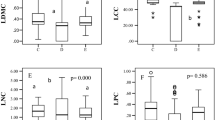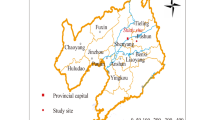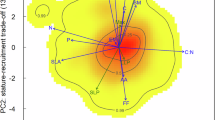Abstract
ALTHOUGH it cannot be maintained that the amount of inorganic matter which the leaves of a tree extract from the soil on which it grows is quite independent of the chemical composition, &c., of that soil, it was deemed advisable to perform a few experiments bearing on this particular feature. Notwithstanding the considerable elevation, viz about 400 feet, the soil in this locality is distinctly suited and adapted to the growth and healthy development of most of our well-known forest trees. It is a cold, basic clay, mostly not very stiff, on account of the presence of some gravel and peat in many places, and, generally speaking, enriched with considerable quantities of potash, silica and manganese, while a serious deficiency in lime is attested by the universal prevalence of distinctly calcifuge plants. The percentage of crude ash set down in the subjoined table was calculated from the combustion of the leaves gathered in the evening, dried first in the air and then at 100° C. The details are as described:—
This is a preview of subscription content, access via your institution
Access options
Subscribe to this journal
Receive 51 print issues and online access
$199.00 per year
only $3.90 per issue
Buy this article
- Purchase on SpringerLink
- Instant access to full article PDF
Prices may be subject to local taxes which are calculated during checkout
Similar content being viewed by others
Author information
Authors and Affiliations
Rights and permissions
About this article
Cite this article
KEEGAN, P. The Ash Constituents of Some Lakeland Leaves. Nature 63, 396 (1901). https://doi.org/10.1038/063396a0
Issue date:
DOI: https://doi.org/10.1038/063396a0



